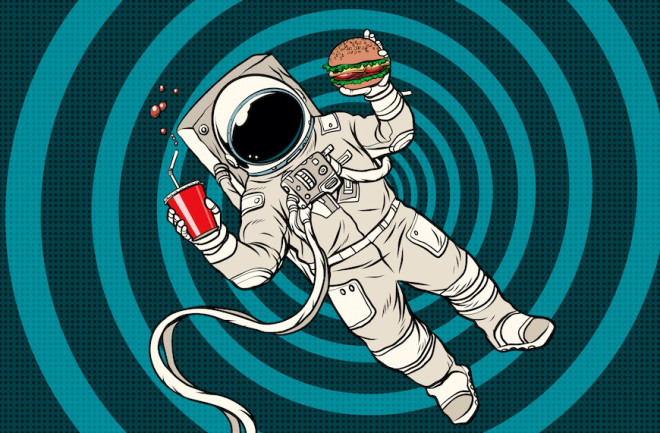Food is key to our daily functions by fueling our activity and fortifying our bodies and minds. Most of us with access to various food sources, meanwhile, don’t need to worry about meal prepping quite as much as NASA. In space, where astronauts confront drastic environmental and physical changes, the need for safe, nutritious and energy-laden food is particularly vital to overall health.
“We have crews that need to perform and be healthy at these extremely high levels for extremely high-stress situations,” says Grace Douglas, lead scientist for NASA’s Advanced Food Technology research group at the Johnson Space Center. “Food impacts every aspect of physiology, and food can either make you very healthy or can make you very sick.” A robust and nutritious food system for space travel, she says, can have positive outcomes for a space crew’s performance and general wellbeing.

